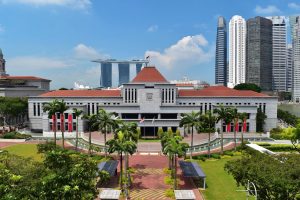Before they came into being, most electronic devices were powered by either nickel or lead-acid batteries. They were serviceable for things like TV remotes or sex toys, but they lacked the energy density/power capacity for locomotion. That’s why General Motors’s first ‘electric car’ died at the prototype stage in 1996.
The emergence of lithium-ion batteries in the 1990s/2000s changed everything. Unlike their older batteries, lithium-ion batteries were lighter, more powerful, and rechargeable. According to the Clean Energy Institute, they provide three times the voltage of the nickel-cadmium counterparts. As commercial production picked up, the price of lithium-ion batteries fell about 6.5 times between 2010 and 2019.

If you’re wondering why Panasonic has managed to survive as a brand when you haven’t bought one of their TVs or rice cookers since forever, the answer is lithium-ion batteries. They are the largest manufacturer in the world. Tesla relies on Panasonic for its batteries in the same way Apple relies on Samsung for its chipset.
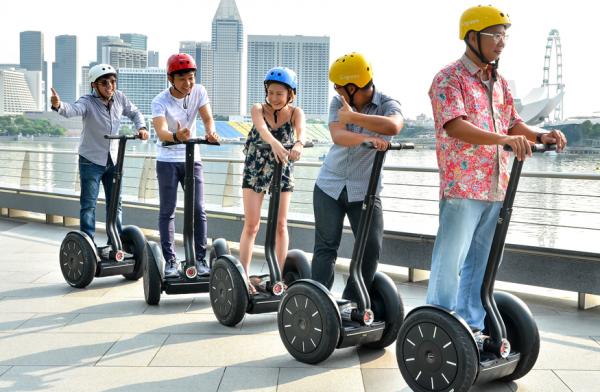
The original 2001 Segway PT—armed with a nickel-hydride battery—had a max speed of 16km/h, a range of 9-12km and a recharging time of 4-5 hours. This is laughable by today’s standards, especially since it costs USD$5000. Even the most basic model retailing at a sixth of the price on Lazada could travel 2-3 times the distance, at faster speeds, without making you look like Paul Blart the Mall Cop.
The age of the PMD had arrived. As the Swedish Academy awarded the 2019 Nobel Chemistry Prize to the lithium-ion scientists, cities around the world were struggling to cope with the influx of e-scooters made possible by this scientific breakthrough. Ironically, our ability to complain about the PMDs on social media is made possible by the same technology powering the PMDs.
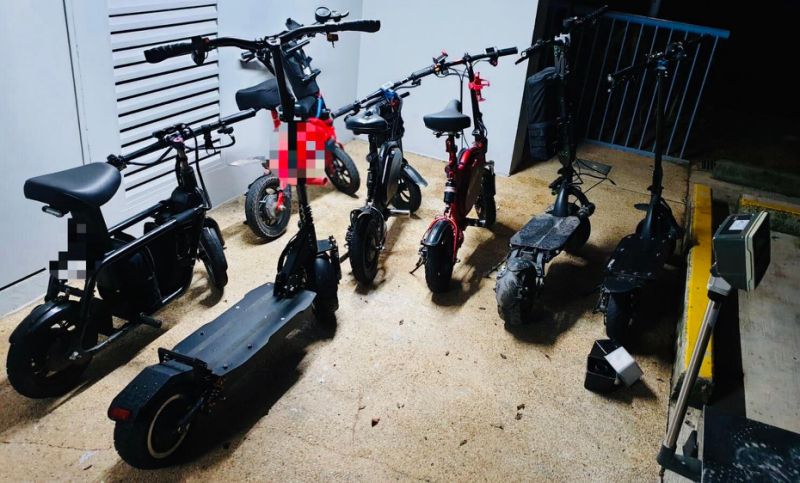
The move has proved to be broadly popular, if divisive. In a survey of 1005 Singapore residents, conducted by independent research company Milieu, 89% supported the de facto ban on PMDs. 43% ‘strongly agreed’ with LTA’s decision to ban PMDs from footpaths, while 18% ‘somewhat’ agreed. In contrast, only 11% of the survey respondents disagreed with the latest policy, with 3% saying they ‘strongly’ disagree.
On social media, a different story is unfolding—one of backlash from food delivery riders who depend on PMDs for their livelihood. Some have made their complaints on Facebook, while others have approached their MPs en masse at Meet The People sessions.
Amidst all the usual sound and fury, it’s worthwhile to examine if our authorities had made the right choice. Was the ban totally necessary? Or were there other options?

There are two problems with this solution: a) time and b) efficacy.
For their part, LTA points out that they’ve already been building cycling paths. Ang Mo Kio and Bedok have been turned into cycling towns, and the stat board aims to create cycling infrastructure in every HDB estate. According to LTA’s spokesperson: “Our priority is to build a comprehensive network of off-road cycling paths that separate device-users and cyclists from fast-moving vehicles on the road.”
He also added: “Where necessary, we will reclaim existing car lanes to build such off-road cycling paths.”
Unfortunately, building such paths will take time. LTA estimates that it will complete 750km of dedicated cycling paths by 2025, with an additional 250km by 2040. By then, public anger would have surely simmered over.
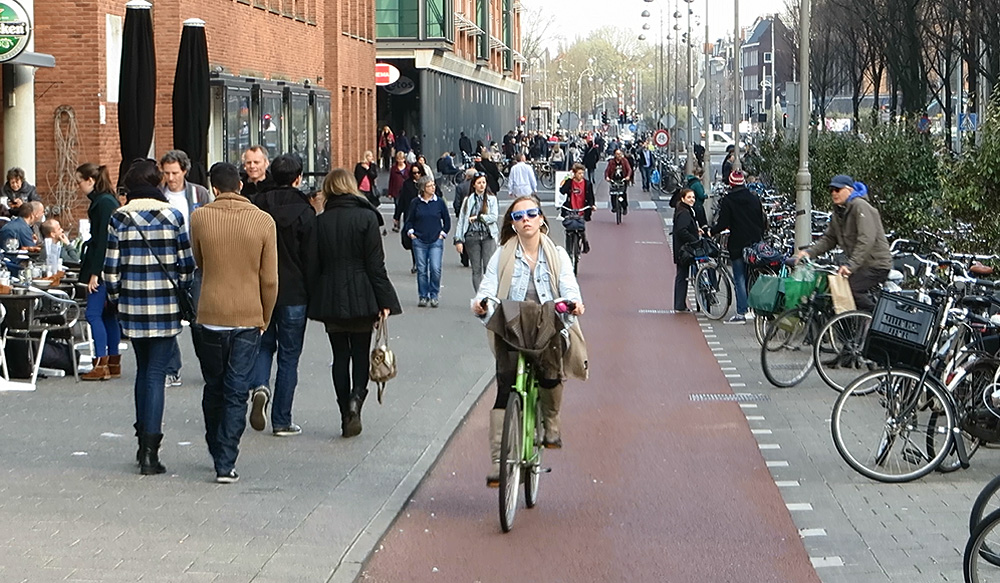
Furthermore, dedicated cycling infrastructure could even increase the number of accidents.
Prof Theseira argues: “There is a school of thought of traffic engineering that argues that mixing carefully between road traffic and foot traffic can actually increase rather than reduce safety. The idea behind this counter-intuitive proposal is that drivers adjust their speed to the perceived risk, and perceived risk is low on conventionally engineered roads—drivers can go fast, and do drive fast. But if roads deliberately mix road and foot traffic to some extent (e.g. pedestrian paths next to the road, opportunities for pedestrians to cross, reduced sight lines) then drivers tend to slow down which is safer.”
It remains to be seen if this theory applies for PMD traffic, but the implication is simply that clear separation will not necessarily lead to improved safety, counterintuitive as it seems.
However, this approach is not without its own set of problems. Some commentators consider licensing to be ineffective because PMD safety is not a matter of skill, but will.
In other words, PMD users cause accidents not because they lack the technique to control their devices like car drivers, but because they lack a sense of responsibility/empathy. Licensing would serve no purpose if the riders have no desire to be conscientious in the first place.
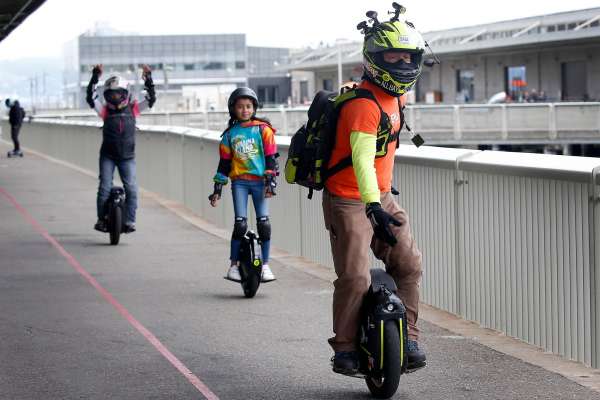
Hence, Prof Theseira suggests, “A licensing system that covered only PMDs would probably lead to people shifting to electric bicycles and you might well have the same problems with sufficient numbers of electric bikes.”
That leaves third-party insurance as the only option. Mandatory third-party liability insurance will increase the cost of PMD usage and deter the so-called ‘young punks’ who will be hit with the most expensive premiums because of their age and gender. Meanwhile, older, more responsible users can continue to use their devices, albeit with a small additional fee. Most of the food delivery riders—Grab, Deliveroo and Foodpanda—already have insurance for their personnel.
It is unclear if third-party liability insurance is still relevant after a de facto ban, but the Active Mobility Panel’s recommendations in September states that the government “should continue working with the insurance industry to develop and promote the uptake of affordable and comprehensive third-party liability insurance for individuals”.
However, that is not to say the ban is not a draconian measure. Our Minister Lam Pin Min admitted as much when he called it a ‘difficult’ decision. Prof Theseira’s question in parliament to Minister Khaw Boon Wan was also quite revealing. Last year, there were 299 accidents involving PMDs, as compared to 1836 for bicycles, 5700 for motorcycles and 6,743 for car-related accidents.
If we accept the ball-park figure of 90,000 PMDs, 130,000 motorcycles and 600,000 cars, it seems that a smaller proportion of PMDs (o.33%) are involved in accidents. There seems to be no evidence to suggest that—as a mode of transport—PMDs are somehow more dangerous than cars or motorcycles. It is their novelty and their presence on the pavements that frighten most Singaporeans.
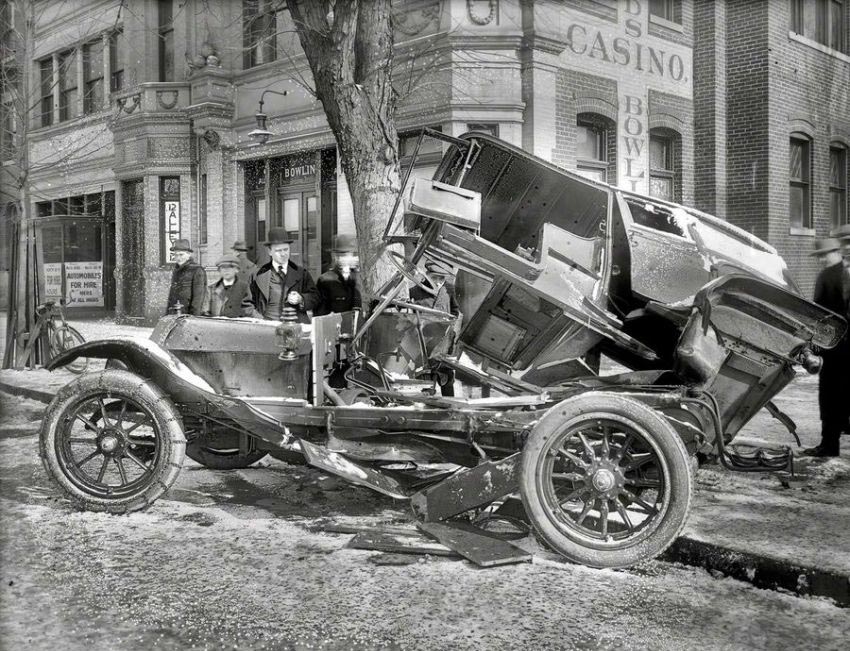
All transport is a trade-off between risks and conveniences. After all, Prof Theseira writes, the only way to ensure zero accidents is to ban all modes of transport more sophisticated than walking—a move that will guarantee the collapse of civilisation.
Hence, to enjoy public transport is to implicitly accept the risk of accidents and fatalities.
In that sense, we accept cars because we think their speed and comfort outweighs the risk of traffic accidents. E-scooters are less acceptable because many simply do not see their value. Even if they are less accident-prone, they remain unacceptable because most do not recognise their value as a means of transportation.
If this is the case, perhaps there is hope for PMDs after all. With the benefit of time and more information, perhaps we will come to accept their utility or value.

My point is, it took the better part of one century to figure out how to mitigate the risks and dangers posed by motor vehicles—to develop stop signs, seatbelts, turn signals, the breathalyser, steel bodies, and hydraulic brakes which we take for granted today.
E-scooters have been popular for the better part of 3 years. With better regulations and policies, I hope they make a comeback.





